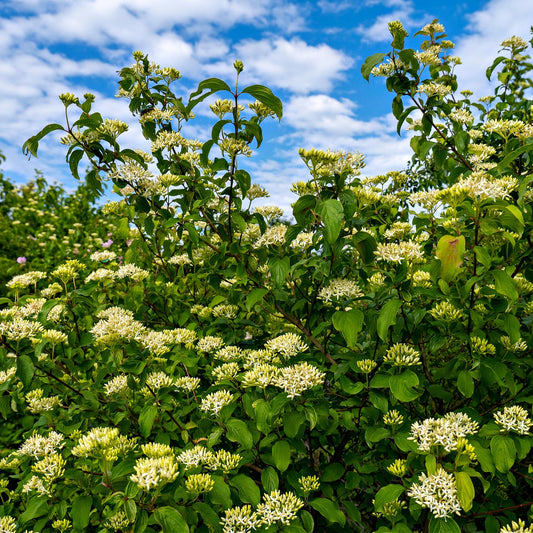Buy Shrubs Online
Shrubs are the perfect addition to patios, walkways, and corners. People with plain grass running along the edge of the property might feel as though they need to do more to make the land look special. Plus, you can plant something by the mailbox, in the corners of the lawn, or by the patio. There are a few choices you should try, as each one is interesting.
What Is The California Privet Shrub?
The California privet is one of the most elegant shrubs you can plant on your property. You may have an image in your mind of them being very tall, very wide, and covering the entire area with a patch of green leaves. The privet hedge is entirely different. These wispy plants grow straight up and have a bit of openness that allows you to see through. You could line your lawn with these types of plants without blocking the view of people who pass by.
The Golden Privet Shrub
If you are tired of using green bushes, consider trying the golden privet. This shrub features a soft, yellow coloring that can be used to add life to the lawn. When you use these in alternation with a green bush, you can create an interesting pattern around the yard, the patio, or the driveway. They partially obstruct your view but add a bit of volume to the lawn.
Burning Bush Shrub
The burning bush could have a very dark color that almost looks burnt out or could look like the flames are rising to the sky. They have ascending branches that will grow in a V shape. The burning bush is an exciting choice to use along the edge of the lawn because it creates a pattern when spread out, with only the tips of the branches touching.
What Are Forsythia Shrubs?
Forsythia has yellow blooms with soft flowers that do not appear as robust as those of other varieties. However, these plants can grow very large. You can put these plants by the mailbox, in the corners of the lawn, or by your walkway.
The color of the yellow flowers changes depending on the soil and age of the plant, and you will see all the shades of yellow progress through these plants as they mature. Someone who gives their Forsythia a lot of sunlight will see lighter shades than if that plant were obscured.
Try Them All
Shrubs are considered the backbone of finer gardens, and TN Nursery has a lot to choose from. Want the perfect hedge, but you want to use something other than the typical green border plant. You can alternate privet plants, use Forsythia for its yellows, or use the burning bush to get sparks of dark reds or pinks.


















